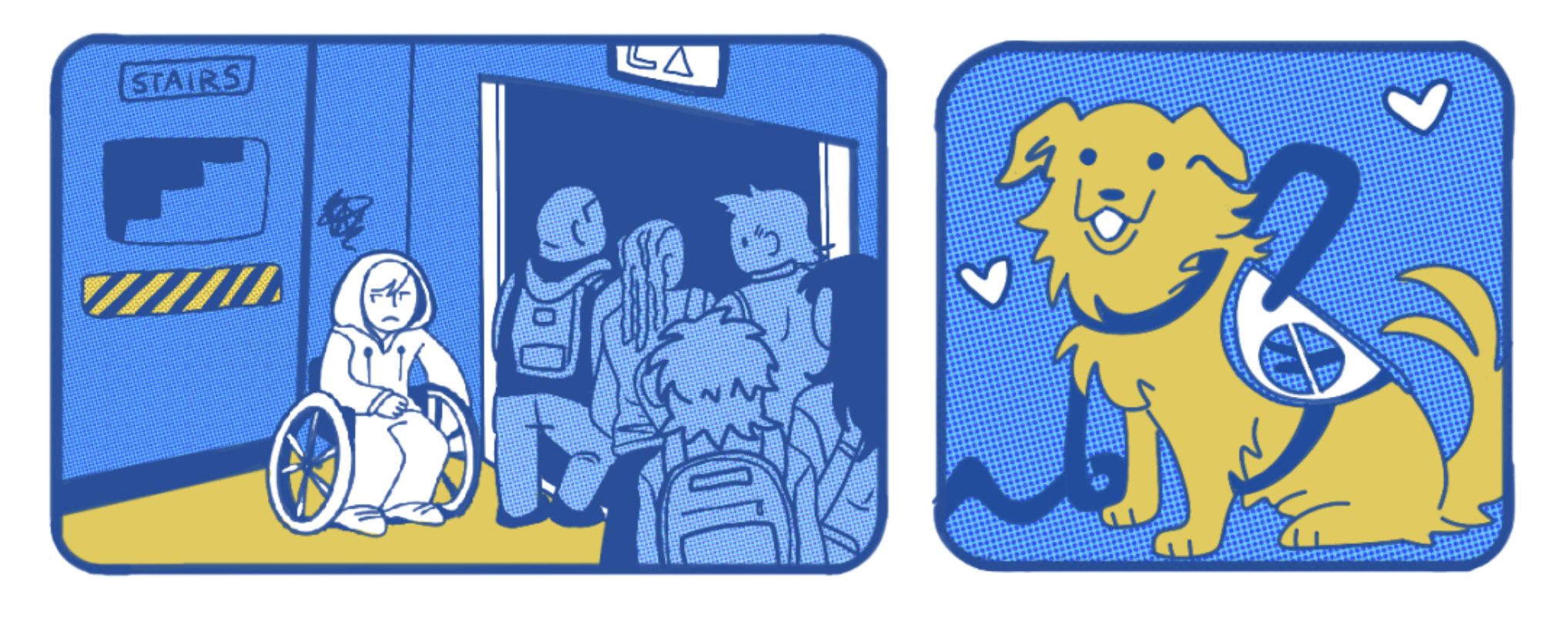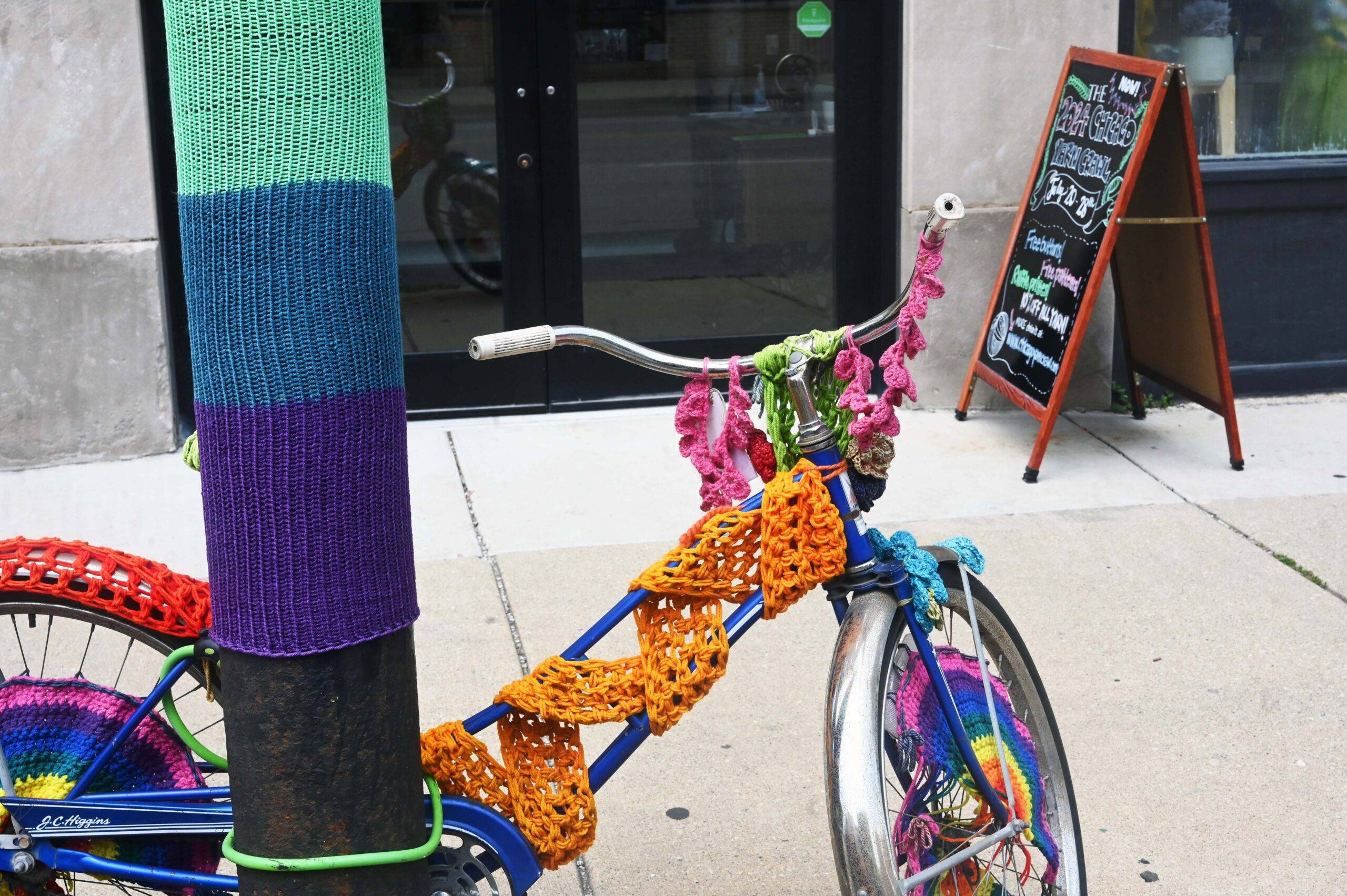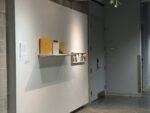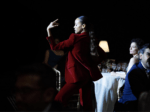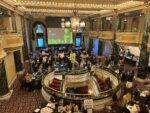
Art of EXCESS
Art Basel Miami Beach and satellite art fairs
With its beaches and innumerable boutique hotels, not to mention the last call at 4 a.m. every night, Miami Beach is itself a site of excess—even the mannequins along Collins Avenue appear to have breast implants. When the art world swarms to Miami in early December, anything can happen: a former Warhol Superstar getting into a theological throwdown with a Daoist, for example, or The Stooges taking over a beachfront. Art Basel Miami is in many positive ways a celebration of contemporary art, but it is, first and foremost, a marketplace. Millions of dollars are exchanged, and a huge percentage of many art dealers’ annual income is made in a single weekend.
In 2007 Art Basel Miami Beach inspired 23 satellite fairs in Miami, more than in any previous year. These additional fairs took up hundreds of hotel rooms in South Beach, as well as convention hall-sized spaces in the mainland Wynwood District, making it a new destination for Miami art fair-goers. It seemed inevitable that there would eventually be a saturation of exhibitors, and it’s possible that this year marked the tipping point.
According to Art Basel’s summary press statement, the primary fair reached record audience numbers, and overall sold well. Jeffrey Deitch was quoted as saying, “This has been our most successful fair since we began exhibiting here in 2002. We have sold over 60 works and have re-hung the booth every day.” The press summary concludes with a consideration of the satellite fairs’ continued growth, stating, “The more fairs there are in Miami, the more Art Basel Miami Beach continues to distinguish itself by its quality and selection process.” That is, the more crap that is exhibited outside of Basel’s walls, the better the main fair looks. Out of 850 applicants, Art Basel accepts 200 galleries to participate in its Miami fair. With numbers like those, there is no questioning the need for satellite fairs’within reason. However, with so many smaller galleries attempting to break into the art fair market, some are inevitably going home broke.
Chicago galleries on show in Miami
Mary Ellen Croteau, the Director of Chicago’s not-for-profit window gallery Art on Armitage, for example, was extremely disappointed in sales and with the satellite fair Bridge Art in general: “There was a lot of foot traffic through the Catalina Hotel, but not many buyers. Most of the other gallerists I talked to made zero sales. Those who did sell, I would be curious to know if they made a net profit.” As for reasons for the lack of sales, Croteau suggests: “It may be that there were too many competing fairs. It may also be that we are in a financial recession. The stories of sales I heard were of known commodities, i.e., they were investing in, not buying, art.”
On the other hand, Carl Hammer Gallery exhibited at PULSE, and Hammer said that his gallery “had an extremely successful show there,” although he also admits, “It would be nice to not have quite the level of competition that accompanied this year’s Basel Miami experience.” Certainly, though, competition is necessary to keep artistic quality high and exciting. However, the sheer amount of exhibitors within just one block of hotels leaves one with a feeling more akin to jet-lag than mere museum fatigue. With the volume of art exhibited in the four days that comprise Art Basel Miami and its surrounding fairs, overload is inevitable, and has effects on both the market and the very act of viewing.
Details:
Art Basel Miami, December 4 to 9, 2007
www.artbaselmiamibeach.com
PULSE Miami, December 5 to 9, 2007
www.pulse-art.com
Bridge Art Fair Miami, December 6 to 9, 2007
www.bridgeartfair.com
Upcoming Chicago Art Fairs
Chicago’s representation in Miami Beach was varied throughout the fairs, but was by no means concentrated. A handful of Chicago galleries could be found in each of the major fairs like NADA, PULSE and Aqua, with three at Art Basel. Chicago plays host in April to the art fair in the form of Art Chicago, housed and now owned by Merchandise Mart Properties. Bridge Art will not be part of Art Chicago this year, but Kavi Gupta, of Kavi Gupta Gallery, is launching NEXT this April, an invitational fair with a significantly smaller participation fess than Art Chicago, and devoted to emerging artists and smaller galleries. Gupta is one of the few Chicago dealers who are part of the New Art Dealers Alliance, as well as a co-founder of the Volta Fair in Miami. He understands the need for change to the art-fair system, and it will be extremely interesting to see whether or not NEXT will manage to combat the excesses so prevalent in Miami.
Details:
NEXT: The Invitational Exhibition of Emerging Art,
Merchandise Mart, Chicago, April 25 to 28, 2008.
www.nextartfair.com
Art Chicago, Merchandise Mart,
Chicago, April 25 to 28, 2008.
www.artchicago.com


